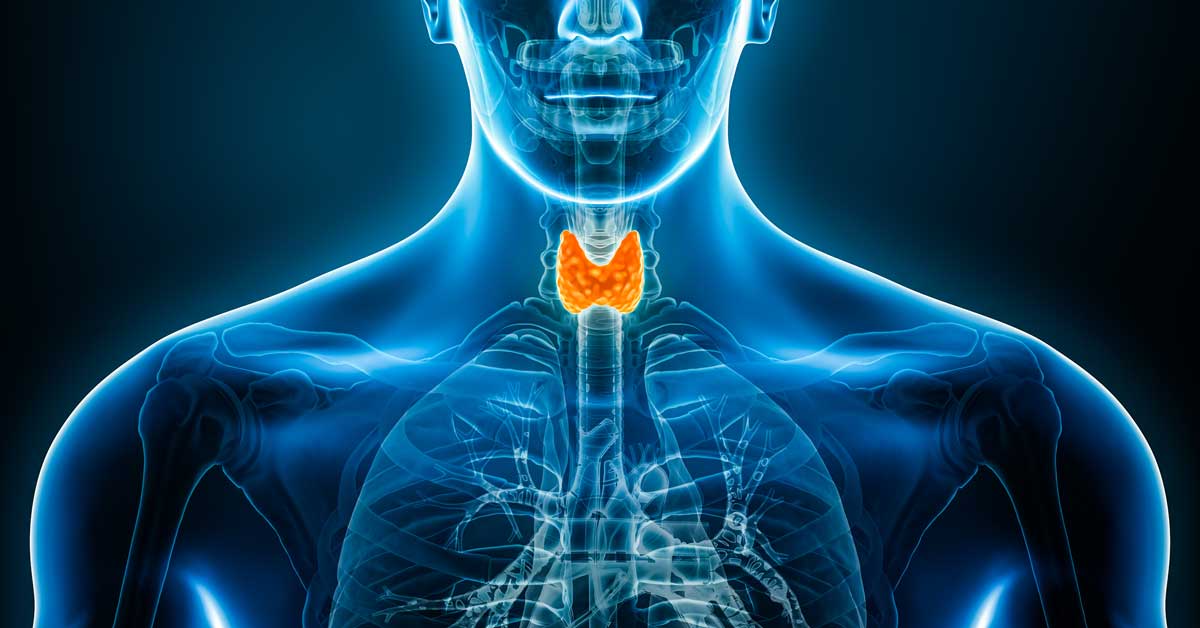Immunotherapy vs Chemotherapy

Immunotherapy vs Chemotherapy Exploring The Differences In Treatments
Once you have been diagnosed with cancer, your doctor will likely start discussing different treatment choices tailored to your specific type of cancer. Immunotherapy and chemotherapy are two prevalent forms of treatment that will be mentioned. In this piece, we will explore some of the basic contrasting characteristics of these two cancer treatments.
How The Treatment Works
Immunotherapy and chemotherapy are distinctly different methods for combating cancer, as they vary in terms of how they work, their targets, and the side effects they produce. Let’s delve into the fundamental distinctions between immunotherapy and chemotherapy when it comes to treating cancer.
Immunotherapy
- Mechanism: Harnesses the body’s own immune system to recognize and attack cancer cells. Immunotherapy stimulates or enhances your bodies immune response against cancer.
- Target: Focuses on boosting the immune system’s ability to identify and destroy cancer cells.
- Specificity: Can be more targeted, aiming to selectively attack cancer cells while minimizing damage to healthy cells.
Chemotherapy
- Mechanism: Chemotherapy uses drugs to stop the growth of cancer cells by either killing them or preventing their division. It is a systemic treatment that affects rapidly dividing cells.
- Target: Targets rapidly dividing cells, including both cancer cells and normal, healthy cells.
- Specificity: Generally less targeted, impacting a wide range of rapidly dividing cells, which can lead to side effects.
Contact Us
Treatment Goals
- Immunotherapy can be curative, adjuvant (prevent recurrence), neoadjuvant (shrink tumors before surgery), or palliative (improve symptoms and quality of life).
- Chemotherapy can be curative, adjuvant, neoadjuvant, or palliative. It aims to eliminate or control cancer cells.
Side Effects of Immunotherapy vs Chemotherapy
- Immunotherapy can cause immune-related side effects as the immune system is activated. Examples include fatigue, skin reactions, and, rarely, autoimmune reactions.
- Chemotherapy is often associated with more generalized side effects due to its impact on rapidly dividing cells, including nausea, vomiting, hair loss, decreased blood cell counts (leading to infection, anemia, or bleeding), and fatigue.
How Treatment is Administered
- Immunotherapy can be administered through injections, infusions, or oral medications. Some forms may be given at home.
- Chemotherapy can be administered through various routes, including intravenous (IV), oral pills, or injections. IV chemotherapy is typically given in healthcare settings.
Individualize Treatment
- Immunotherapy treatment is often tailored based on the patient’s immune system and the specific characteristics of the cancer. Many immunotherapy regiments are developed after a patient has undergone next generation sequencing (NGS).
- Chemotherapy Treatment plans are based on the type and stage of cancer, as well as the patient’s overall health.
Combination Therapies
- Immunotherapy can be used alone or in combination with other immunotherapies, targeted therapies, chemotherapy, or radiation therapy.
- Chemotherapy is often used in combination with other cancer treatments, including surgery, radiation therapy, or targeted therapies.
Every cancer is unique
Both immunotherapy and chemotherapy play important roles in cancer treatment, and the choice between them depends on factors such as the type and stage of cancer, the patient’s overall health, and treatment goals. In some cases, they may be used in combination for a more comprehensive approach. Patients should discuss the potential benefits and risks of each treatment option with their healthcare team to determine the most suitable course for their specific situation.





Comments